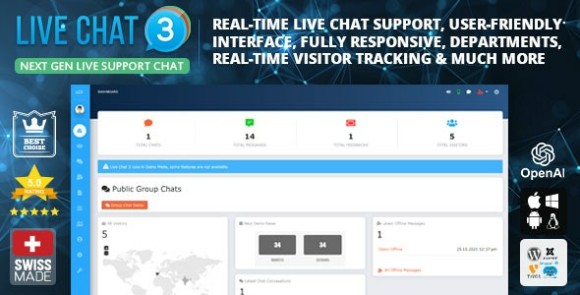#Etching process enhances the extraction of hydrogen during water electrolysis

“#Etching process enhances the extraction of hydrogen during water electrolysis”
by KeAi Communications Co., Ltd. </p><div>
<div class="article-gallery lightGallery">
<div data-thumb="https://scx1.b-cdn.net/csz/news/tmb/2021/etching-process-enhanc.jpg" data-src="https://scx2.b-cdn.net/gfx/news/2021/etching-process-enhanc.jpg" data-sub-html="Schematic diagram of the etching process used on metal phosphide electrocatalysts. Credit: The authors">
<figure class="article-img"><img src="https://scx1.b-cdn.net/csz/news/800a/2021/etching-process-enhanc.jpg" alt="Etching process enhances the extraction of hydrogen during water electrolysis" title="Schematic diagram of the etching process used on metal phosphide electrocatalysts. Credit: The authors" width="692" height="361"/><figcaption class="text-darken text-low-up text-truncate-js text-truncate mt-3">
Schematic diagram of the etching process used on metal phosphide electrocatalysts. Credit: The authors
</figcaption></figure></div>
Extracting hydrogen from water through electrolysis offers a promising route for increasing the production of hydrogen, a clean and environmentally friendly fuel. But one major challenge of water electrolysis is the sluggish reaction of oxygen at the anode, known as the oxygen evolution reaction (OER).
A collaboration between researchers at Hunan University and Shenzhen University in China has led to a discovery that promises to improve the OER process. In their recent paper, published in the KeAi journal Green Energy & Environment, they report that etching—or, in other words, chemically removing—the oxide overlayers that form on the surface of the metal phosphide electrocatalysts regularly used in electrolysis, can increase OER efficiency.
Professor Shuangyin Wang of the State Key Laboratory of Chem/Bio-sensing and Chemometrics at Hunan University led the study. He explains: “While metal phosphides are often used as catalysts due to their unique physicochemical properties such as high conductivity, earth-abundance reserves and excellent performance, a common, but often neglected fact is that they are quick to suffer atmospheric oxidation when they are exposed to air. This causes them to form oxide overlayers on their surface, which can change the surface reconstruction process and confuse the structure-performance relationship.”
To solve this problem, Professor Wang and his colleagues decided to etch away those oxide overlayers using a dielectric barrier discharge plasma technique. And they discovered that the etching process not only accelerated the surface reconstruction process, but greatly enhanced the formation of metal hydroxides and OER activity.
Prof. Wang says, “These findings are helpful for understanding the structure-performance relationship of metal phosphides in electrooxidation reaction. And we suspect that the same etching process has the potential to be used on other oxygen-susceptible metal compounds such as chalcogenides, nitrides and carbides.
“Our hope is that our study guides the rational design and engineering of more efficient electrocatalysts for water electrolysis.”
Potential-dependent switch aids water-splitting using cobalt-oxide catalysts
<hr class="mb-4"/><div class="article-main__more p-4">
<strong>More information:</strong>
Tehua Wang et al, Etching oxide overlayers of NiFe phosphide to facilitate surface reconstruction for oxygen evolution reaction, <i>Green Energy & Environment</i> (2021). <a rel="nofollow noopener" target="_blank" data-doi="1" href="http://dx.doi.org/10.1016/j.gee.2021.03.005">DOI: 10.1016/j.gee.2021.03.005</a>
</div>
<p>
Provided by
KeAi Communications Co., Ltd.
<!-- print only -->
<div class="d-none d-print-block">
<strong>Citation</strong>:
Etching process enhances the extraction of hydrogen during water electrolysis (2021, May 17)
retrieved 17 May 2021
from https://phys.org/news/2021-05-etching-hydrogen-electrolysis.html
This document is subject to copyright. Apart from any fair dealing for the purpose of private study or research, no
part may be reproduced without the written permission. The content is provided for information purposes only.
</div>
</div><script id="facebook-jssdk" async="" src="https://connect.facebook.net/en_US/sdk.js"></script>
If you liked the article, do not forget to share it with your friends. Follow us on Google News too, click on the star and choose us from your favorites.
For forums sites go to Forum.BuradaBiliyorum.Com
If you want to read more Like this articles, you can visit our Science category.




